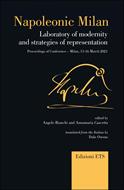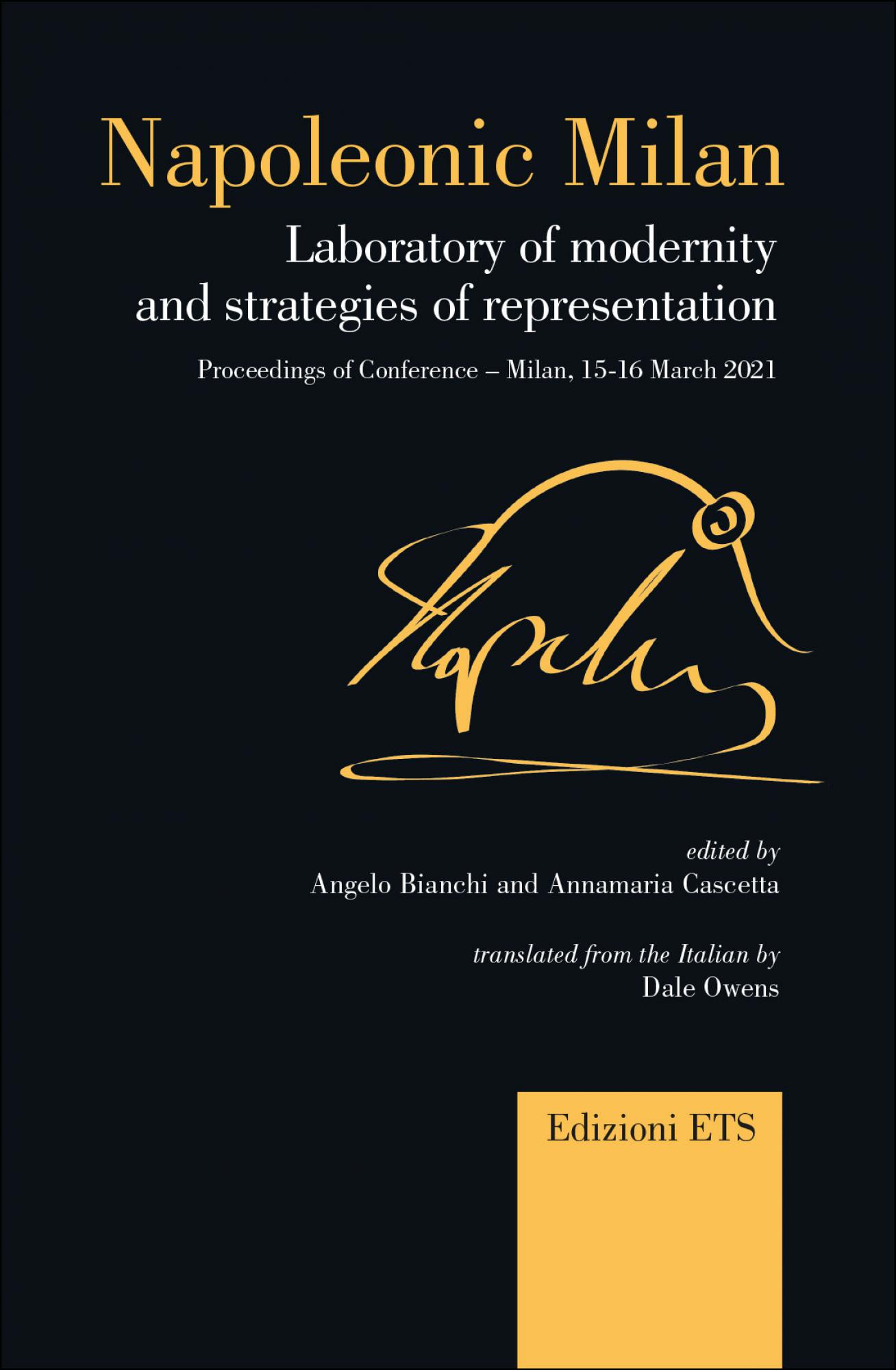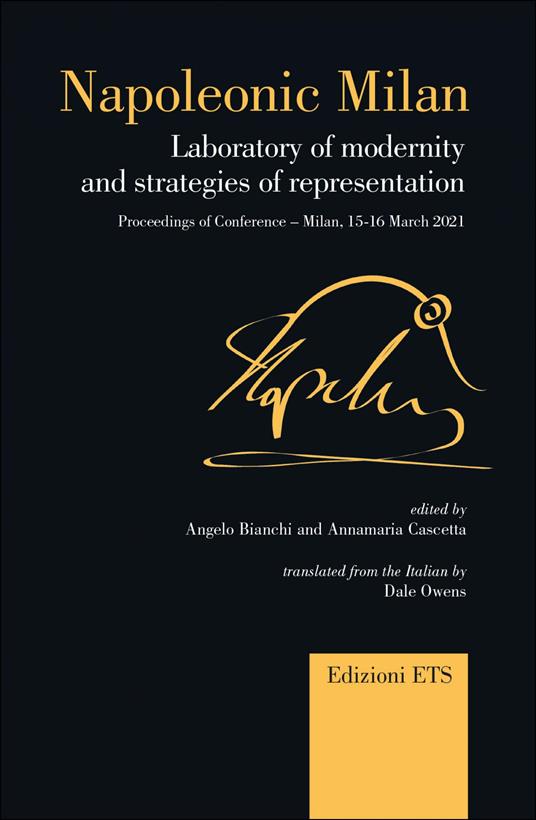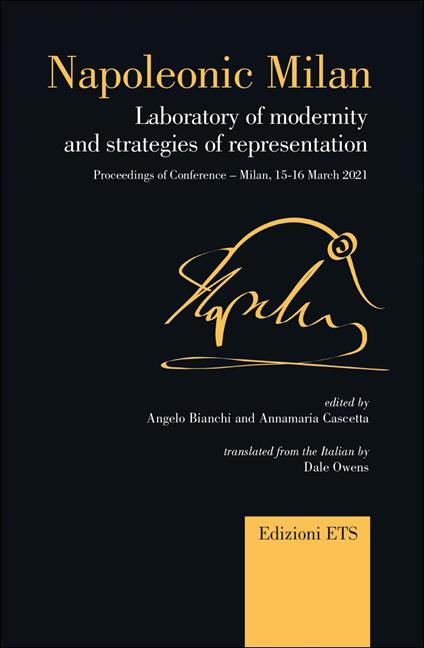L’articolo è stato aggiunto alla lista dei desideri
IBS.it, l'altro eCommerce
Napoleonic Milan. Laboratory of modernity and strategies of representation. Proceedings of Conference, Milan 15-16 March 2021
Cliccando su “Conferma” dichiari che il contenuto da te inserito è conforme alle Condizioni Generali d’Uso del Sito ed alle Linee Guida sui Contenuti Vietati. Puoi rileggere e modificare e successivamente confermare il tuo contenuto. Tra poche ore lo troverai online (in caso contrario verifica la conformità del contenuto alle policy del Sito).
Grazie per la tua recensione!
Tra poche ore la vedrai online (in caso contrario verifica la conformità del testo alle nostre linee guida). Dopo la pubblicazione per te +4 punti
Altre offerte vendute e spedite dai nostri venditori









Tutti i formati ed edizioni
This volume gathers the proceedings of the Conference “Napoleonin Milan” held on 15 and 16 March 2021 by the Veneranda Biblioteca Ambrosiana in conjunction with the Centro di Studi Italiani (CSI-CIS) and the Centro di Cultura e Iniziativa Teatrale “Mario Apollonio” (CIT), both active at the Università Cattolica del Sacro Cuore di Milano. It is also accompanied by the partial catalogue of the exhibition “Napoleon at the Ambrosian”, which rounds off the Conference, mounted at the Pinacoteca Ambrosiana from 5 October 2021 to 4 may 2022.
As at other times in its history, Milan was also a hotbed of innovation during the Napoleonic era, during both the phase of the revolutionary triennium and the republic and the phase of the Kingdom of Italy between 1796, when the young General Bonaparte entered the city, and 1814, when Viceroy Eugène de Beauharnais gave up and fled Italy.
This is the idea that inspired this Conference.
Milan in these years is a laboratory of modernity in which a process of profound and fertile cultural transformation is launched; a process that would innervate subsequent national events.
Napoleon arouses, catalyses and channels energies of renewal. Some of these were already simmering more or less below the surface in the fabric of the Enlightenment city. It was a fabric that was cultivated and open to the transformations which the new power of the French causes to reemerge, first through and in connection with the members of the generous democratic movement, then with the co-opted local authorities of a more moderate persuasion.
A period of transition, therefore, that has the contradictory dynamics, the thrusts and counter-thrusts of every period transition.
The arts were a laboratory of modernity to which the Napoleonic era devoted special attention, particularly the performing arts, which were the main focus of the second session of the Conference aimed at investigating the strategies of representation and the processes of construction of memory and public opinion.
The editors are Angelo Bianchi, professor of Modern Hystory at the Universita’ Cattolica del Sacro Cuore di Milano and Annamaria Cascetta, professor of History of Theatre at the Università Cattolica del Sacro Cuore di Milano.
L'articolo è stato aggiunto al carrello
Le schede prodotto sono aggiornate in conformità al Regolamento UE 988/2023. Laddove ci fossero taluni dati non disponibili per ragioni indipendenti da IBS, vi informiamo che stiamo compiendo ogni ragionevole sforzo per inserirli. Vi invitiamo a controllare periodicamente il sito www.ibs.it per eventuali novità e aggiornamenti.
Per le vendite di prodotti da terze parti, ciascun venditore si assume la piena e diretta responsabilità per la commercializzazione del prodotto e per la sua conformità al Regolamento UE 988/2023, nonché alle normative nazionali ed europee vigenti.
Per informazioni sulla sicurezza dei prodotti, contattare productsafetyibs@feltrinelli.it
L’articolo è stato aggiunto alla lista dei desideri

